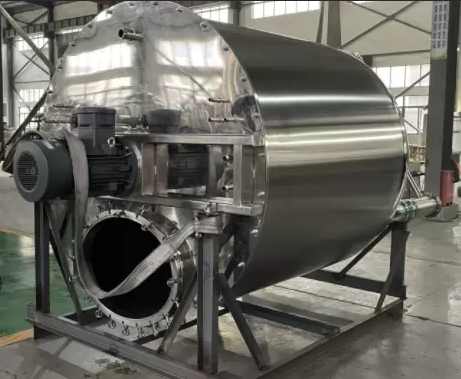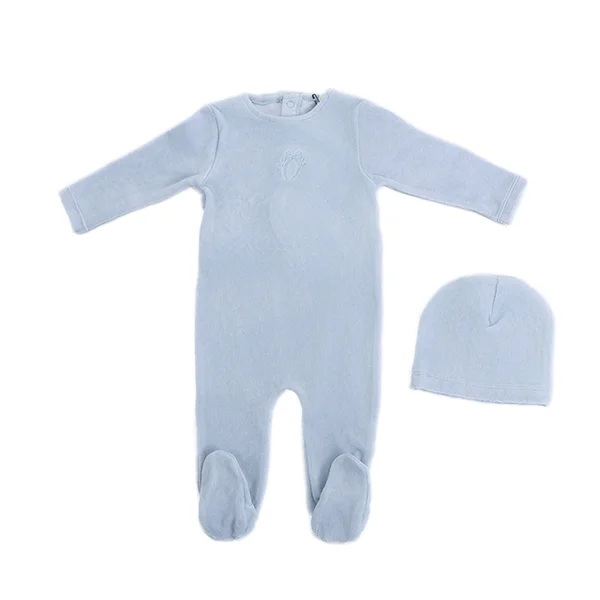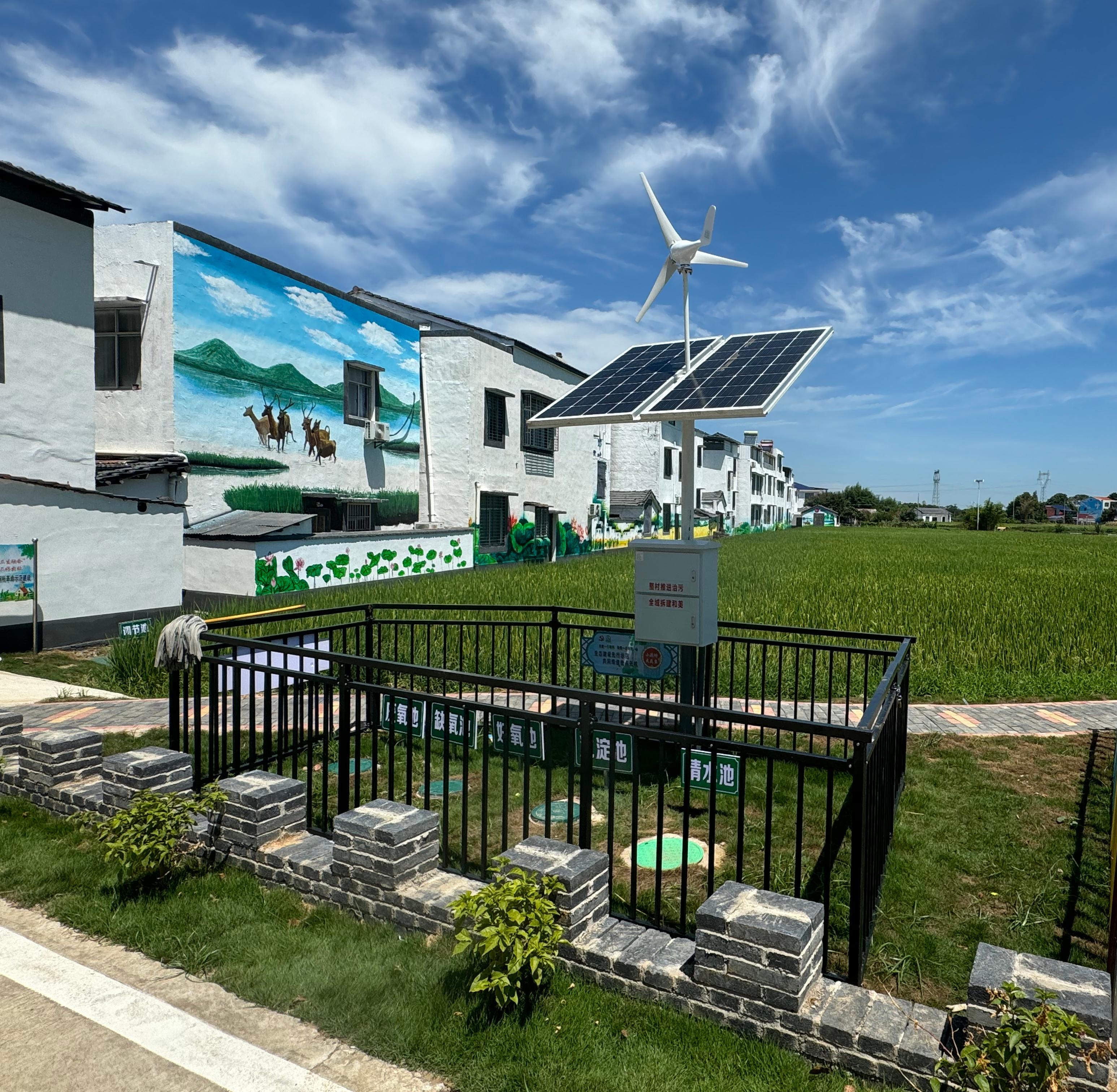In recent years, the athletic wear industry has experienced a remarkable surge in demand, driven by a confluence of lifestyle changes, health consciousness, and technological advancements. As consumers increasingly prioritize fitness and wellness, the question arises: what is the demand for athletic wear, and what factors are influencing this trend? This article delves into the multifaceted dynamics of the athletic wear market, exploring consumer behavior, market segmentation, and future projections.
The Shift in Consumer Behavior
The demand for athletic wear is not merely a reflection of fashion trends; it is deeply rooted in a significant shift in consumer behavior. The rise of the health and wellness movement has led to a growing number of individuals adopting active lifestyles. According to a report by Grand View Research, the global athletic wear market was valued at approximately $180 billion in 2020 and is projected to expand at a compound annual growth rate (CAGR) of 10.6% from 2021 to 2028. This growth is indicative of a broader cultural shift towards fitness, with consumers seeking apparel that supports their active pursuits.
Moreover, the COVID-19 pandemic has accelerated this trend, as lockdowns and social distancing measures prompted many to seek home workouts and outdoor activities. As a result, athletic wear has transitioned from being merely functional to becoming a staple in everyday wardrobes. The concept of athleisure has gained traction, blurring the lines between athletic wear and casual clothing, further driving demand.
Market Segmentation: Who is Buying Athletic Wear?
Understanding the demographics of athletic wear consumers is crucial for brands looking to capitalize on this growing market. The demand for athletic wear spans various age groups and lifestyles, but certain segments stand out:
- Millennials and Gen Z: These younger generations are particularly influential in shaping the athletic wear market. They prioritize comfort, style, and sustainability, often gravitating towards brands that align with their values. The rise of social media platforms, especially Instagram and TikTok, has also fueled the popularity of athleisure, as influencers showcase their active lifestyles in trendy athletic apparel.
- Health-Conscious Consumers: Individuals who prioritize fitness and wellness are driving demand for high-performance athletic wear. This segment seeks apparel that enhances their workout experience, featuring moisture-wicking fabrics, breathability, and durability. Brands that invest in innovative materials and technology, such as compression fabrics and temperature-regulating textiles, are well-positioned to capture this market.
- Plus-Size and Adaptive Athletes: The demand for inclusive sizing and adaptive athletic wear is on the rise. Brands that cater to diverse body types and abilities are gaining traction, as consumers increasingly seek representation and options that fit their unique needs. This segment not only expands the market but also fosters brand loyalty among consumers who feel seen and valued.
Technological Innovations Driving Demand
The athletic wear market is also being shaped by technological advancements. Innovations in fabric technology, such as moisture-wicking, odor-resistant, and UV-protective materials, are enhancing the functionality of athletic apparel. Additionally, the integration of smart textiles—clothing embedded with sensors that monitor performance metrics—has begun to capture consumer interest, particularly among serious athletes.
Furthermore, the rise of e-commerce has transformed the way consumers shop for athletic wear. Online platforms provide access to a wider range of products, enabling consumers to compare prices, read reviews, and find the perfect fit from the comfort of their homes. Brands that leverage data analytics to understand consumer preferences and optimize their online presence are likely to thrive in this competitive landscape.
Sustainability: A Growing Concern
As awareness of environmental issues increases, sustainability has become a critical factor influencing consumer purchasing decisions. Many consumers are now seeking athletic wear made from eco-friendly materials and produced through sustainable practices. Brands that prioritize transparency in their supply chains and adopt sustainable manufacturing processes are likely to attract environmentally conscious consumers, further driving demand.
Future Projections: What Lies Ahead?
Looking ahead, the demand for athletic wear is expected to continue its upward trajectory. The increasing emphasis on health and wellness, coupled with the ongoing popularity of athleisure, suggests that consumers will remain invested in high-quality, stylish athletic apparel. Additionally, as brands innovate and adapt to changing consumer preferences, we can anticipate the emergence of new trends, such as personalized athletic wear and enhanced online shopping experiences.
In conclusion, the demand for athletic wear is a complex interplay of consumer behavior, market segmentation, technological advancements, and sustainability concerns. As the industry evolves, brands that understand these dynamics and respond to the needs of their consumers will be best positioned to succeed in this thriving market. Whether you are a fitness enthusiast, a casual gym-goer, or someone who simply values comfort and style, the world of athletic wear offers something for everyone, making it an exciting space to watch in the coming years.




